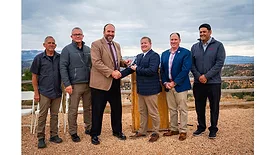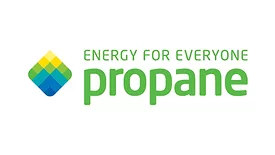Home » Keywords: » propane
Items Tagged with 'propane'
ARTICLES
Ray Murray, Inc.'s President and CEO was sworn in as the new chairman of the NPGA.
Read More
PM Engineer Profile
Meet PERC’s new director of commercial business development
Bert Warner aims to increase propane awareness.
July 24, 2024
Propane-powered appliances offer energy efficient option for residential, commercial spaces
Educate your customers about propane reliability and versatility.
December 15, 2022
Energy equity and the electrification movement
Propane offers an affordable, versatile energy solution for construction projects.
December 17, 2021
Hydronics Workshop
John Siegenthaler: Freedom of (fuel) choice
Using a heat pump to displace high-priced fuel.
September 2, 2021
Keep your content unclogged with our newsletters!
Stay in the know on the latest plumbing & piping industry trends.
JOIN TODAY!Copyright ©2025. All Rights Reserved BNP Media.
Design, CMS, Hosting & Web Development :: ePublishing












